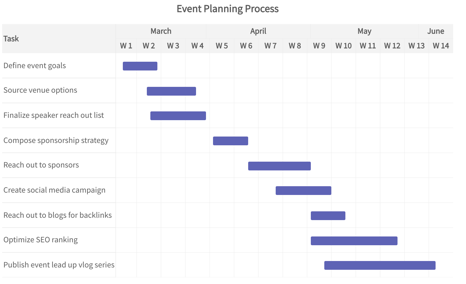Diagramma Ganta Primer Skachatj

Typically found solitary or in groups, often in turbid water. On open muddy, sandy or silty substrates in protected bays or estuaries, around rock outcrops, wreckage and debris (Ref. 48635, 90102).Also in shallow coastal areas and coral reefs (Ref. 30573).Juveniles are found in weedy areas (Ref. 2799).Feeds on benthic invertebrates and fishes (Ref.
Note If you are on this release, you need to upgrade as soon as possible. Download binary updates • Click the All binary update tile to view the combined list of application and platform binary updates, or click the Platform binary updates tile for platform only binary updates. • On the Binary updates page, select Save package. • On the Review and save updates page, select Save package. • On the Save package to asset library slider, enter the Name and Description, and click Save package. • Click Done to return to environment page.
• You'll see the saved binary package in the asset library. Download X++ updates • Click the All X++ updates tile to view the list of available application updates to an environment, or click the Critical X++ updates tile for recommended application updates to your production environment.
• On the Add updates page, select the applicable Knowledge Base (KB) numbers, and then click Add to add selected KBs to the Download package.
Blackfin Sweetlips, Diagramma melanacrum Johnson & Randall 2001 More Info Distribution Recorded in the Australian EEZ from the Australian territory of Ashmore Reef in the Timor Sea. Found elsewhere in the tropical East Indo-West Pacific - Malaysia Sabah) and Indonesia (Kalimanta & Bali to West Papua). Inhabits coastal reefs and lagoons - solitary or in small groups over sandy bottoms. Features Meristic features: Dorsal fin X-XI, 22-24; Anal fin III, 6-7; Pectoral fin 17; Gill rakers 6-7 + 13-14; Lateral line scales (tubed) 55-57. Body depth (adults) 2.4-2.6 in SL; outer row of teeth in jaws slightly enlarged, movable; swim bladder with 3 short anterior projections. Third or fourth dorsal-fin spine longest, 1.8-1.9 times in head; first dorsal-fin spine 1.7-2.3 in length of second; interspinous membrane of dorsal fin not incised; pelvic fins reaching anus or slightly beyond, 1.2-1.3 times in head; caudal fin truncate to slightly emarginate.
Colour Body pale yellow dorsally, shading to pale silvery grey on sides and below, with numerous small dark brown spots, which are smaller and form oblique rows on body below lateral line; head pale purplish grey with numerous small dark brown spots, opercular membrane black; dorsal fin and upper 3/4 of caudal fin with small dark spots; lower 1/4 of caudal fin black; anal and pelvic fins mostly black; dorsal and caudal fins mostly yellow, and lower part of caudal fin black. Feeding Nocturnal carnivore - forms small resting aggregations during the day, before spreading out over the reef to feed on benthic invertebrate at night. Etymology The specific name melanacrum is from the Greek melanos meaning 'black', and akros meaning 'tip' or 'at the end', in reference to the black outer part of the anal and pelvic fins, and the lower part of caudal fin. Species Citation Diagramma melanacrum Johnson & Randall, 2001, Mem. 46(2): 659, figs 1a-f, 8.
Type locality: south of Lombok, Indonesia [8째24'S, 116째01'E]. Author Dianne J. Blackfin Sweetlips, Diagramma melanacrum Johnson & Randall 2001 References Allen, G.R.
& Erdmann, M.V. Reef fishes of the East Indies. Perth: Tropical Reef Research 3 vols, 1260 pp. Gloerfelt-Tarp, T. & Kailola, P.J. Trawled Fishes of Southern Indonesia and Northwest Australia.
Jakarta: Dir. (Indonesia), German Tech. 198-199,340;fig.5, as Plectorhinchus picus) Johnson, J.W.
& Randall, J.E. In Johnson, J.W., Randall, J.E. & Chenoweth, S.F.
Diagramma melanacrum new species of haemulid fish from Indonesia, Borneo and the Philippines with generic review. Memoirs of the Queensland Museum 46(2): 657-676. & Tonozuka, T. App download for pc. Pictorial guide to Indonesian reef fishes. Fusiliers - Dragonets, Caesionidae - Callionymidae.